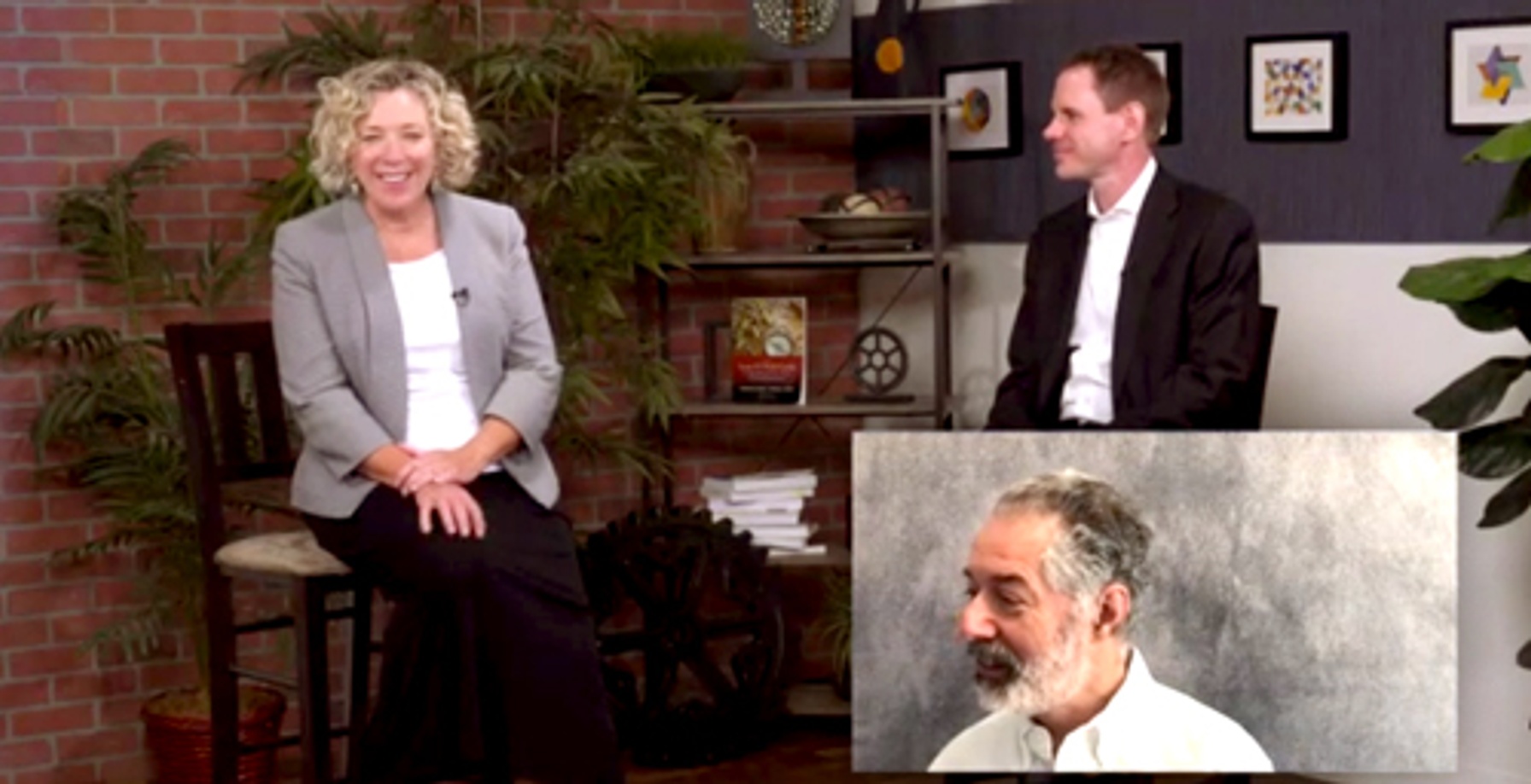
Finding innovation during a pandemic
September 29, 2020A colleague recently mentioned to me that his organization has experienced an innovation bump during the pandemic.
During this year of constant change, ideas that had previously been ignored or discarded were, out of necessity, now being embraced. Speed trumped lengthy testing for accuracy.
I'm sure, in some instances, doing something felt better than doing nothing, but the upside of these experiments is that many of them turned out to be valuable changes for the organization.
His question to me was: "How do I keep this going?"
The question was timely, because I'd been reflecting on that exact idea myself. Before answering, I took some time to analyze the innovations we've seen at MoreSteam during this pandemic — because we've actually experienced a bit of a bump as well. Here are some examples:
- Inbox, our Lean Office Simulation, had only been run virtually one time prior to March 2020. Customers continued asking for it to be available virtually, but we always managed to talk them into doing in "our way" (i.e. in a conference room, mapping it out on a white board.) We've now learned it's just as effective virtually.
- We moved our annual Best Practices for Operational Excellence conference online for the first time ever, allowing us to increase attendance and share insights with a wider audience.
- We found a way to record a half-hour video highlighting an upcoming eLearning course, "Lean Essentials for Technology Leaders and Teams," even though one of the two subject matter experts lives on the West Coast while we're headquartered in Central Ohio.
- We conducted a highly successful Master Series class online, providing customers with an opportunity to solve problems through our eLearning courses.
During a period of change, uncertainty, and fear, we managed to push the envelope in several areas, and the results have been overwhelmingly positive.
So, going back to my colleague's original question, how can we make this the norm moving forward, even after this pandemic eventually subsides.
For now, I have three thoughts:
1) Listen to your customer. Like, REALLY listen.
We always preach the importance of listening to the customer, but in hindsight, we hadn't been paying enough attention to what they wanted. If organizations wanted to run Inbox virtually, why weren't we willing to make it happen?
It took a pandemic for us to realize that they were right all along — this simulation CAN still be extremely effective virtually.
Moving forward, we will place an even greater emphasis on listening to exactly what our customers are asking for, then innovating on our end to make it happen.
2) Create a company of innovators
Great ideas can come from anywhere. Don't limit your company by only listening to ideas from top executives. Encourage employees at every level to spend time thinking about the big picture. Those on the front lines often have the most helpful insights anyway.
Some companies dedicate specific timeframes to this practice. Google, for example, is famous for its "20% Project," encouraging employees to spend Fridays thinking about innovative new ideas. That might be a step farther than you're wanting to take, but at the very least, it's important to let everyone know that your leadership team is open to big ideas from anyone and everyone.
3) Communicate expectations clearly
This ties into #2 above, but when you're encouraging your entire team to innovate, be sure to set clear expectations. Let everyone know that you're not seeking a fully baked solution that is going to work seamlessly right away.
Innovation is about trial and error. It's about trying new things, and reflecting on them afterward as a group to analyze what worked and what didn't.
So, even if someone's big idea isn't executed flawlessly on its first try, they won't get discouraged from submitting future ideas.
Along with this, it's also imperative to outline a clear process for submitting innovative new ideas. Should an employee tell their manager? Should they email the executive team directly? Or will there be a monthly team meeting where any and all ideas are welcomed?
However you decide to do it, set clear expectations and continue to send reminders about the importance of new ideas and big-picture thinking. (And if you're not sure what that process should look like, test out a few different options using Process Playground.)
All right, those are my three ideas! What other ideas do you have to keep innovation a priority in your organization? Post your thoughts on our LinkedIn page, or shoot me an email — I'd love to hear from you!
I'll leave you with a quote from one of the greatest innovators of the past century, which is particularly fitting this year:
"Innovation is the ability to see change as an opportunity — not a threat. " — Steve Jobs

President • MoreSteam
Peg Pennington joined MoreSteam's executive team in 2018 and today leads all company operations as President. Previously, Peg was the Executive Director of the Center for Operational Excellence at The Ohio State University, where she helped shape the Master of Business Operational Excellence ('MBOE') program and strengthen standards for Lean Six Sigma certification. She serves on the board of directors for the Lean Enterprise Institute (LEI). A recognized voice in operational excellence, Peg speaks at over a dozen national conferences each year and leads product workshops.
Before joining MoreSteam, Peg was the Executive Director of the Center for Operational Excellence at The Ohio State University. Peg holds a bachelor’s degree in finance from Michigan State University and an MBA from the University of Dayton.




